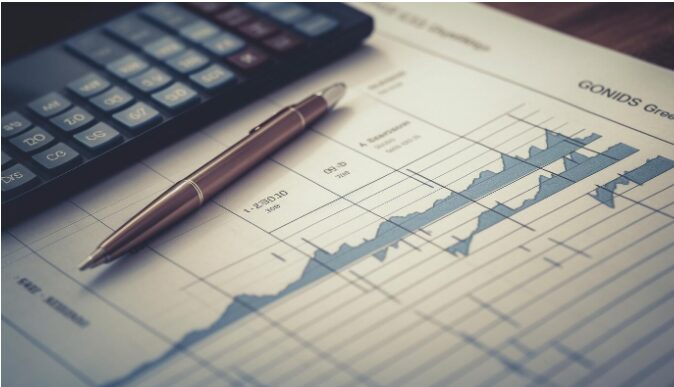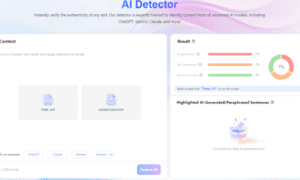Wyckoff Accumulation is a trading theory developed by Richard D. Wyckoff in the early 20th century. The method is based on the idea that markets move in cycles, each consisting of four main stages: Accumulation, Markup, Distribution, and Markdown. The first one begins when smart money quietly buys assets after a downtrend, setting the stage for future price increases. Markup follows, with prices rising as demand surpasses supply. Distribution occurs when large investors begin selling, signaling the end of the uptrend, while Markdown marks the final stage, with prices declining as selling pressure intensifies.
The first phase is crucial for traders aiming to spot early trends before a significant price rise because it often signals the beginning of a new uptrend. Traders who can identify the first phase can position themselves early in the market’s cycle, enhancing their potential for profits.
Phases of Wyckoff Accumulation
The Wyckoff Accumulation phase can be broken down into smaller stages, each providing insights into the market’s behavior. These stages include:
- Preliminary Support (PS): the point where the market starts to stabilize after a downtrend.
- Selling Climax (SC): a sharp sell-off, usually accompanied by high volume, that marks the end of panic selling.
- Automatic Rally (AR): a strong but brief rally following the Selling Climax, as buyers begin to enter the market.
- Secondary Test (ST): the market revisits the previous low, confirming that selling pressure has dissipated.
- Higher lows and final test: as prices make higher lows, the market confirms that demand is starting to outweigh supply.
- Breakout and trend reversal: the market breaks above the resistance level, signaling the beginning of a new uptrend, also known as the Markup phase.
Mastering these phases allows for more strategic entry points and positions traders to capitalize on the upcoming rise as the market shifts into the Markup phase.
Trading Wyckoff Accumulation: key strategies
To successfully trade Wyckoff Accumulation, traders should focus on identifying the stages of accumulation and waiting for a clear breakout. Here are some key strategies to keep in mind:
- Monitor volume patterns: look for decreasing volume during upward movements and increasing volume during downward moves.
- Track the price range: identify the support and resistance levels of the range. If the price breaks above resistance, it could indicate the start of a new uptrend.
- Wait for breakouts: a breakout above the resistance level signals the end of the phase and the beginning of a new trend.
- Look for higher lows: as prices make higher lows during the Secondary Test, it suggests that buying pressure is increasing.
- Be patient: the first phase can last for weeks or even months. Avoid jumping into trades too early and wait for confirmation before entering a position.
- Use stop-loss orders: because false breakouts can occur, always use stop-loss orders to protect your trades from unexpected reversals.
Patience and careful observation are key, as the Accumulation phase can take time to develop. With the right approach, coupled with solid risk management like using stop-loss orders, traders can maximize their chances of success when the market transitions into a new uptrend.
Conclusion
Wyckoff Accumulation is essential for traders looking to identify cycles and make informed trading decisions. By understanding the stages of Accumulation and looking for key characteristics such as price consolidation and volume patterns, traders can position themselves for potential profits. However, combining the method with other technical analysis tools is essential to confirm signals and manage risk effectively. Mastering the Wyckoff Method provides traders with a deeper understanding of market behavior, enhancing their ability to predict price movements with greater accuracy.





























